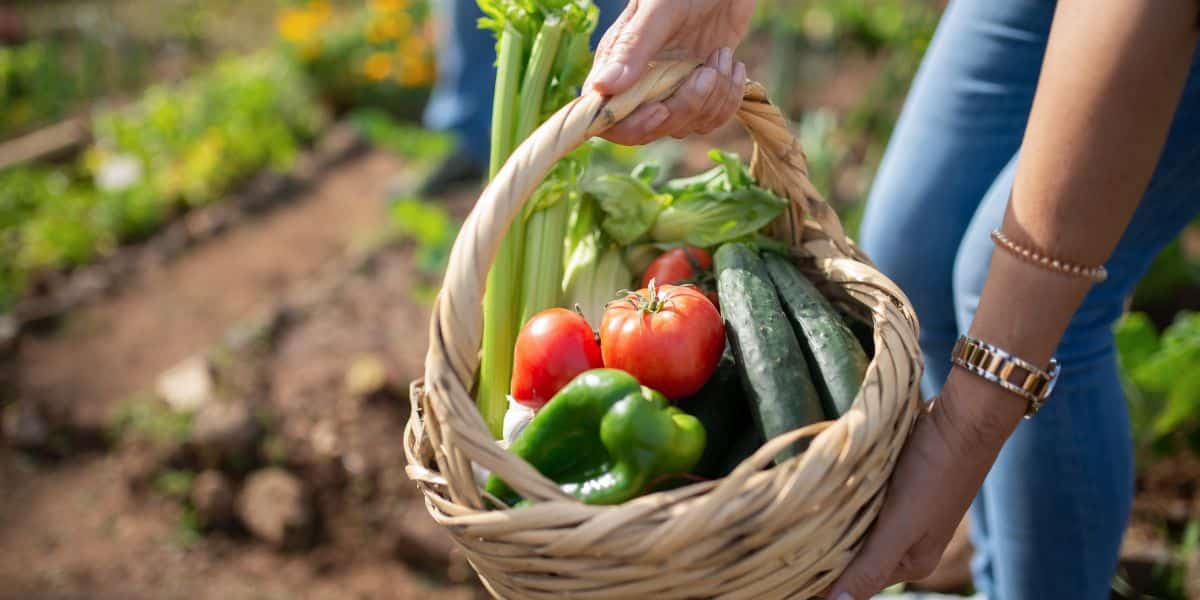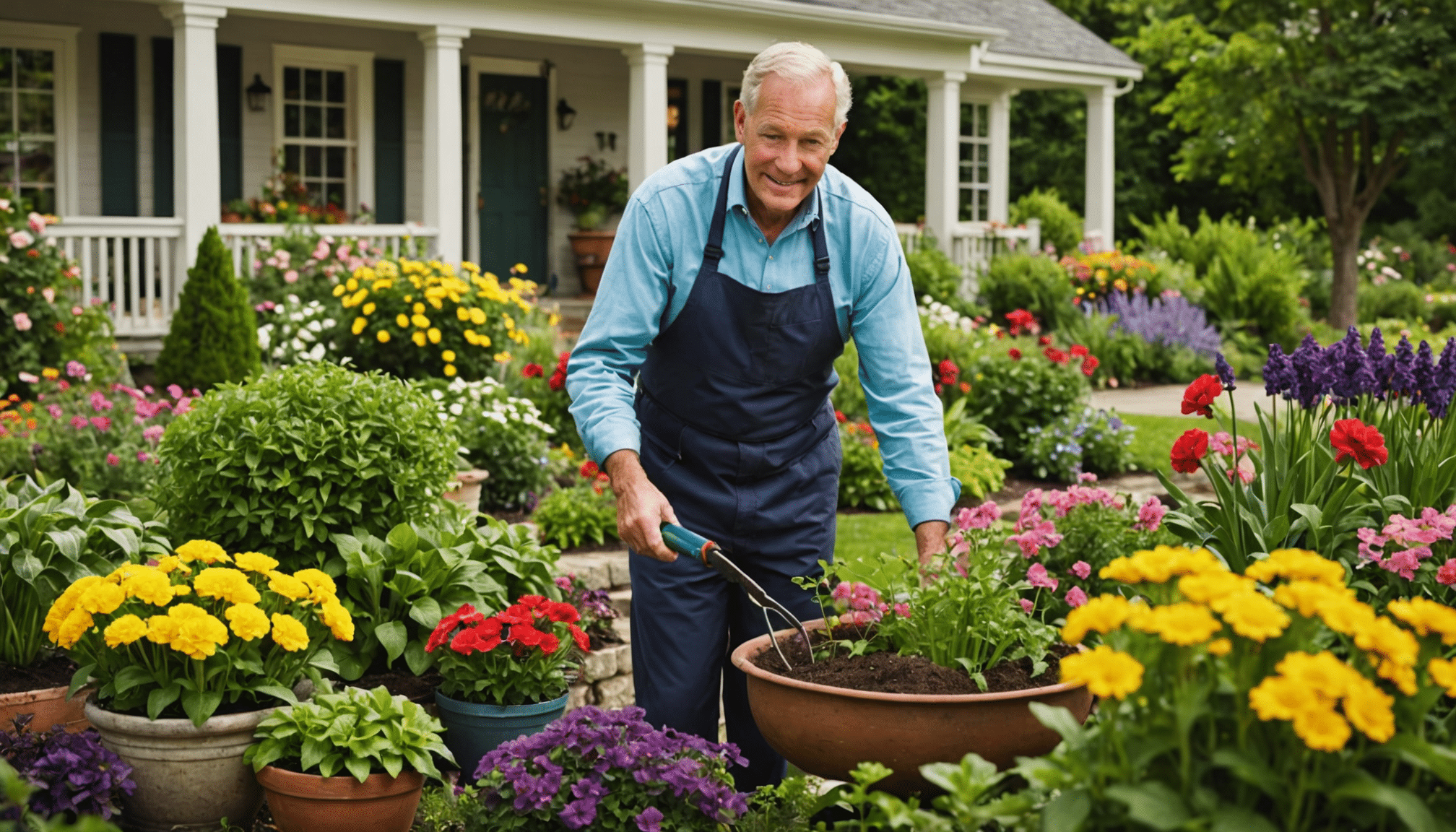🌱 Ready to dive into the world of gardening? 🌿 Discover the essential steps on how to create a thriving vegetable garden and enjoy a bountiful harvest! 🥕✨ Get ready for tips on planning, planting, caring for your veggies, and much more. Let’s cultivate an ecosystem that provides delicious, homegrown produce!
Creating a flourishing vegetable garden is a rewarding venture that can transform your backyard into a vibrant oasis of greenery and health. Whether you’re a novice or have some experience, understanding the essentials of planning, cultivating, and nurturing your garden can lead to a bountiful harvest. To achieve this, it’s important to focus on soil quality, choose the right vegetables, ensure adequate sunlight, and maintain a consistent care routine. Let’s explore how to make your vegetable garden a fruitful success!
Assessing Your Garden Space
Before you get started, examine your available garden space. This is crucial as different vegetables have varying sunlight needs and grow differently based on soil quality. Make sure to choose a spot that receives at least 6–8 hours of sunlight per day. Additionally, test your soil to ensure it has the right pH level and nutrient content. Improving soil fertility can be done by adding organic matter such as compost or well-rotted manure.
Choosing the Right Vegetables
As a beginner, it’s wise to select easy-to-grow vegetables that are also high-yielding. Tomatoes, carrots, lettuce, and zucchini are excellent choices to start with. Consider the growing season when choosing your crops; planting in the right season guarantees better growth and taste. Moreover, using raised beds can enhance your growing conditions and help control weeds.
Planning Your Garden Layout
Proper garden layout is essential for ensuring that each plant gets the nutrients and space it needs to thrive. Always keep some pathways to allow easy access for weeding and harvesting without compacting the soil where your plants are growing. Use companion planting techniques; for instance, planting basil near tomatoes can help to improve flavor and repel harmful pests.
Watering Techniques for Optimal Growth
Watering your vegetable garden adequately is vital, especially during the hot months. Aim for 1–2 inches of water per week, adjusting based on rainfall. Deep watering is preferred to encourage strong root development. A drip irrigation system can be an efficient method of watering, reducing evaporation while ensuring your plants receive enough moisture.
Fertilizing for Healthy Growth
To support the growth of your plants, apply fertilizers strategically. It’s essential to choose organic options, which are not only safer for you and the environment but also enhance soil health in the long run. Fertilizing keeps your plants robust and encourages fruit production. Be sure to read package instructions to avoid over-fertilization, which can harm plants.
Maintaining Your Vegetable Garden
Ongoing maintenance is crucial in ensuring your garden thrives from seedling to harvest. Regularly check your plants for pests and diseases, and employ biological controls when necessary. Pruning plants, removing weeds, and adding mulch can help retain moisture and maintain ideal growing conditions.
FAQ
Q: How much sunlight do vegetables need?
A: Most vegetables require at least 6–8 hours of sunlight daily to thrive.
Q: When is the best time to plant vegetables?
A: Planting times depend on your climate; generally, the spring and fall are favorable for various vegetables.
Q: How often should I water my vegetable garden?
A: Water deeply once or twice a week, adjusting based on rainfall conditions.
Q: What are some common mistakes to avoid in vegetable gardening?
A: Avoid overwatering, neglecting soil health, and failing to plan your garden layout properly.
Q: Why should I consider companion planting?
A: Companion planting can enhance growth and repel pests, leading to a healthier and more productive garden.
Enjoying a bountiful harvest from your vegetable garden is possible with the right knowledge and practices. By selecting the right crops, planning thoughtfully, and providing consistent care, you can nurture a garden that yields fresh produce all season long. Don’t hesitate to come back for more articles on home decoration and gardening tips, and share this knowledge with others eager to dig into the world of gardening!





